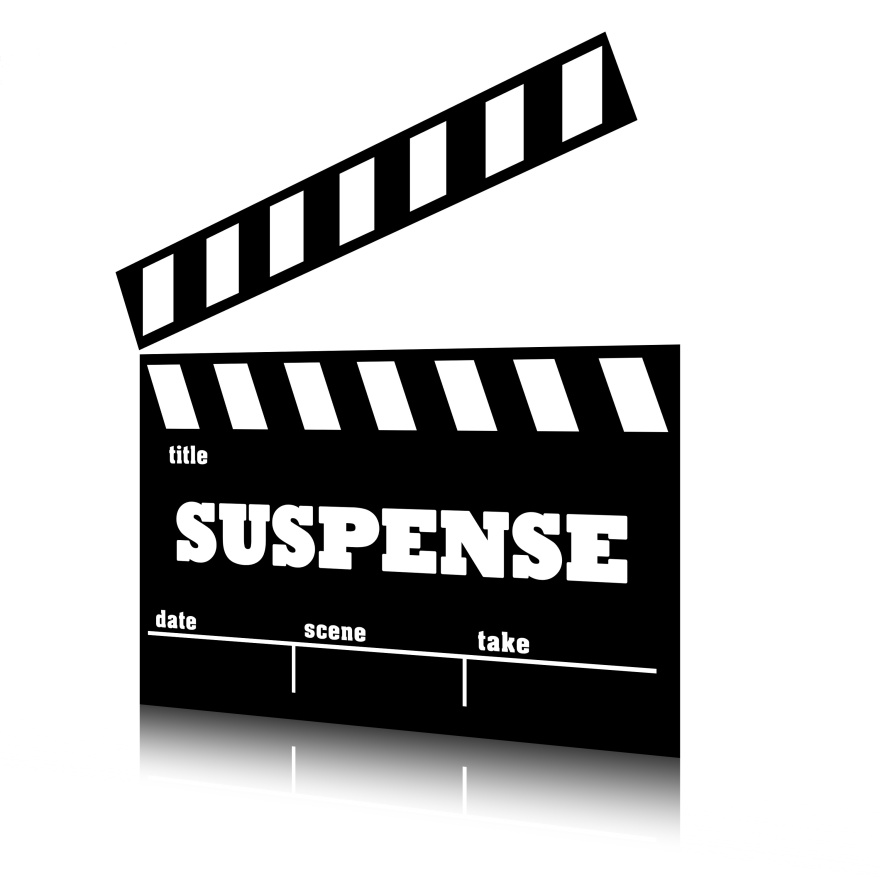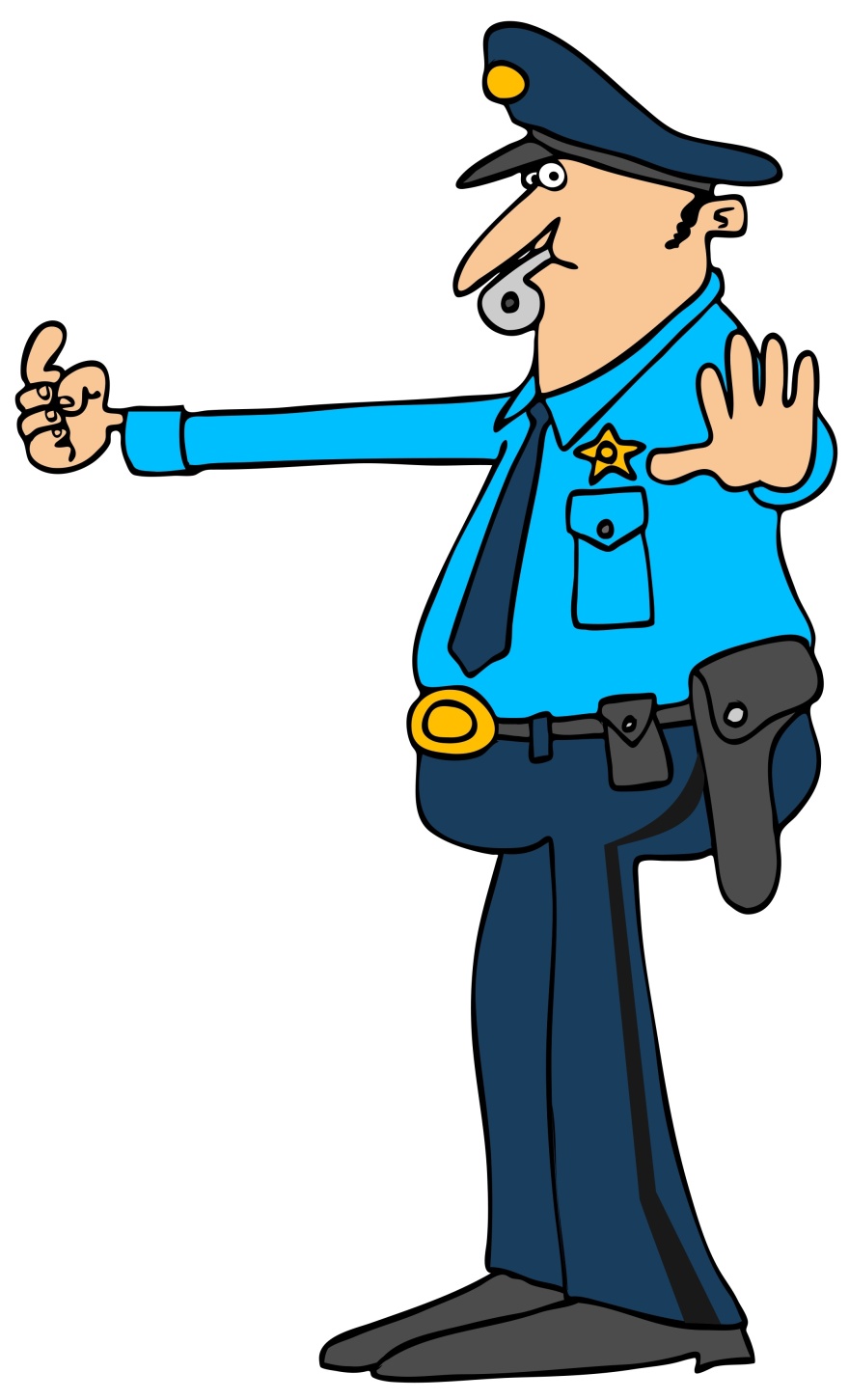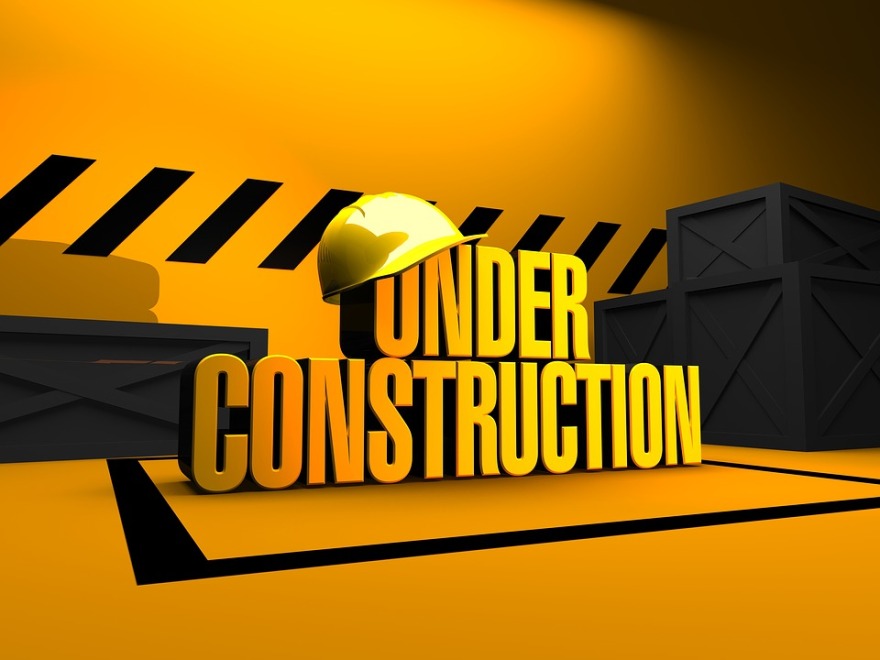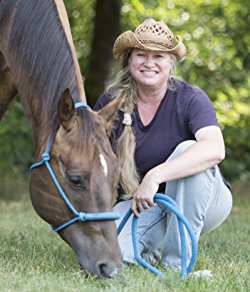
What is Suspense?
Suspense arises from our readers anticipation of what’s about to occur. They worry, even fear, what will happen to the characters they love.
To build suspense, we need to raise our readers concern over how our POV characters’ plans can go array. Ever hear this comment when talking books with a friend? Nothing really happened so I stopped reading. I’ve put down numerous books for the same reason, and some by authors who are household names, authors who should know better. But that’s the thing about suspense. It’s not easy to hold our readers hostage for 300 pages. By employing the following techniques we have a better shot of grabbing them by the throat. Then it’s just a matter of not letting go.
“Show that something terrible is about to happen, then postpone the resolution to sustain the suspense.” ~ Writer’s Digest

Promises, Promises
Every book makes a promise to the reader. The difference between concept and premise is, something happens to the main POV characters that disrupts their lives. If you’re not familiar with the difference between concept and premise, there’s no one better to learn from than Larry Brooks. He has several posts on the subject, including this 3-minute workshop video.
Rather than asking yourself, “What should happen next?” Try: “What can I promise that’ll go wrong? Problems that will bring my characters to their knees.”
The central dramatic story question promises an intriguing quest.
By making promise after promise, we keep our readers engaged. Don’t tell the reader, of course. Instead, hint at the trouble to come; tease the reader into finding out. Do it right away, too. We need to establish our CDSQ on page one. If we can accomplish it in the first paragraph, all the better.
Every promise, no matter how minor, should either setup or pay off a future scene. Once a promise is paid, make another. The largest promises, like the central dramatic story question, should be paid off in the climax.
For an example of a CDSQ, let’s look at Wings of Mayhem.
After unknowingly stealing his trophy box, can Shawnee Daniels a forensic police hacker by day; cat burglar by night, stop the serial killer who’s destroying her life before he murders everyone she loves?
If your story drags, it’s often due to the lack of tension and/or suspense. In other words, you haven’t made your reader worry enough. How can we fix a dragging plot? By making bigger, more important, promises. Promises that will devastate our hero and secondary characters. Promises they might never recover from.

Don’t Give Away Too Much Too Soon
This is a story killer. Don’t explain what’s happening, or why. Trust the reader to figure it out on their own. I realize it’s not always easy. After all, we know what will happen next (at least we should), and we can hardly wait for the reader to find out.
Trust me on this. Keep it to yourself for as long as possible.
No info. dumps! Just because we know our characters’ backgrounds does not mean our readers need to know it. Share what’s relevant to the story, or enough about the POV characters so the reader can empathize with them. Sprinkle the information throughout the story rather than dumping it all at once.
Characters’ Goals
“To create powerful suspense, make your hero face her greatest fear, and risk losing the thing that matters most to her.” ~ Dan Brown
No matter how we try to build suspense, if our readers don’t care about our characters, we’re sunk. Contrary to belief, the reader doesn’t have to like our characters, but they do need to empathize with them. That’s the key word: empathy.
For three-dimensional characters, we need to know their backgrounds, flaws, world views, religious beliefs, causes they support/protest, fears, concerns, mannerisms, dialect, profession, childhood, history with other characters, how they look, how they act in difficult situations, how they dress, nervous tics, scars, tattoos, favorite music, food, I could go on and on. We don’t need to show all these things, but we do need to know our characters as well as ourselves in order to slip into their skin.
To build suspense the character must have goals that really matter to them. What does she want it, and why? What happens if she doesn’t get it? What’s standing in her way? A strong hero needs a strong opponent. If our character is more timid, then we better make sure she desperately needs to achieve her goal. If she doesn’t do X, then Y will happen. Y is bad. The reader doesn’t want Y to happen. Hence, they stiffen up and pay attention. Bam! You’ve just built suspense.
“A murder is not suspense. An abduction with the threat of a murder is.” ~ Brian Klems
Violence, Where and When?
I love this quote from Brian Klems, because it’s so true. The act of violence isn’t suspenseful. The snapping of twigs as our character stumbles through the darkened forest, knowing the killer could attack at any moment is suspenseful. Or the squeaky floorboard on the second floor when the character is home alone. The phone ringing in the middle of the night. A knock at the one door the character never uses. Footfalls gaining on the character when they’ve wandered off the hiking trail. Tires screeching around the corner, the headlights appearing in the rear view mirror seconds later. The click of a shotgun in the deadly quiet milieu. A single flame that shoots from the tip of a lighter in the dark. The possibilities are endless.
Sentence Rhythm
Our sentence rhythm should match the reader’s emotion. Many of us do this automatically. Ever notice when you’re writing a suspenseful scene how you’ll pound the keyboard? When you’re slowing the pace, your fingers glide over the keys. Same holds true for sentence rhythm. Fragmented, staccato sentences quicken the pace. Long, run-on sentences tend to slow it down. As with most things in writing, though, there’s an exception. You can use run-ons to increase suspense if you vary the sentences with shorter ones.
Example from MARRED:
Adrenaline masked my pain, and I sprinted from room to room, closed and secured all the windows and double-checked the locks on the front and back doors, bolted upstairs, and pressed my foot on the sliders’ security bar. Colt and Ruger watched me zip around the house, not knowing what was wrong. Ruger gave up and laid his head on crossed paws while Colt bounded over and stayed on my heels.
When I returned to the kitchen table, the phone rang again. My gaze locked on the handset, and I froze. Colt’s face ping-ponged between me and the phone. He put the pieces together in his mind, trotted over, and knocked the receiver off the cradle, gently clasped the handset in his lips and carried it to me. By using his training to aid me, he was trying to help, but at that moment, it was the last thing I wanted him to do.
I didn’t speak.
Mix staccato and fragmented sentences with longer sentences to create an overall effect of balance and maintain rhythm in your writing. Is every sentence in the scene the same length? The reader will fall asleep.

Scene and Sequel Structure and Motivation-Reaction Units
I’ve discussed these subjects several times, so I won’t repeat the tips here. You can find a couple of the posts here: Importance of MRUs, Scene and Sequel in Action.
Start Late, End Early
Start each scene with a story question, intrigue, or conflict. Our goal is to arouse the curiosity of our reader. Keep them guessing. (Start late) If we make it easy on them, and answer all their questions at once, there’s no reason for them to keep reading.
We can’t wrap up our scene in a nice little bow, either. That’ll undo everything we’ve worked so hard to accomplish, to hook them in the first place. Rather, end on a note of uncertainty, or with a new challenge. (End early)
Scene Cuts or Jump Cuts
This is a cinematic technique that can work in any genre. Create a series of short, unresolved incidents that occur in rapid succession. Stop at a critical point and jump to a different scene, maybe at a different time and place, maybe with different characters. For example, we could pick up a scene where we left off earlier. Or switch from protagonist to antagonist. Or from one tense scene to another. Rapid alternations keep the reader in a state of suspense.
Micro-Tension
Micro-tension is the moment-by-moment tension that keeps readers in suspense over what’ll happen in the next second. The Fire in Fiction by Donald Maas is a fantastic resource that discusses micro-tension. When the emotional friction between characters reaches a boiling point we’ve built suspense. Keep in mind, the characters don’t have to be enemies. Husband and wife. Tension between partners. Parent and child. Micro-tension is added in numerous ways. An easy way is with dialogue.

Member of Mystery Writers of America, Sisters in Crime, and International Thriller Writer, Sue Coletta is a bestselling, award-winning author of psychological thriller/mysteries. In 2017, Feedspot awarded her Murder Blog as one of the Top 50 Crime Blogs on the net. Sue’s also the communications manager for Forensic Science and the Serial Killer Project. She’s also a proud member of the Kill Zone, where she blogs every other Monday. Learn more about Sue and her books at
Website | Amazon | Goodreads | Twitter | Facebook






















